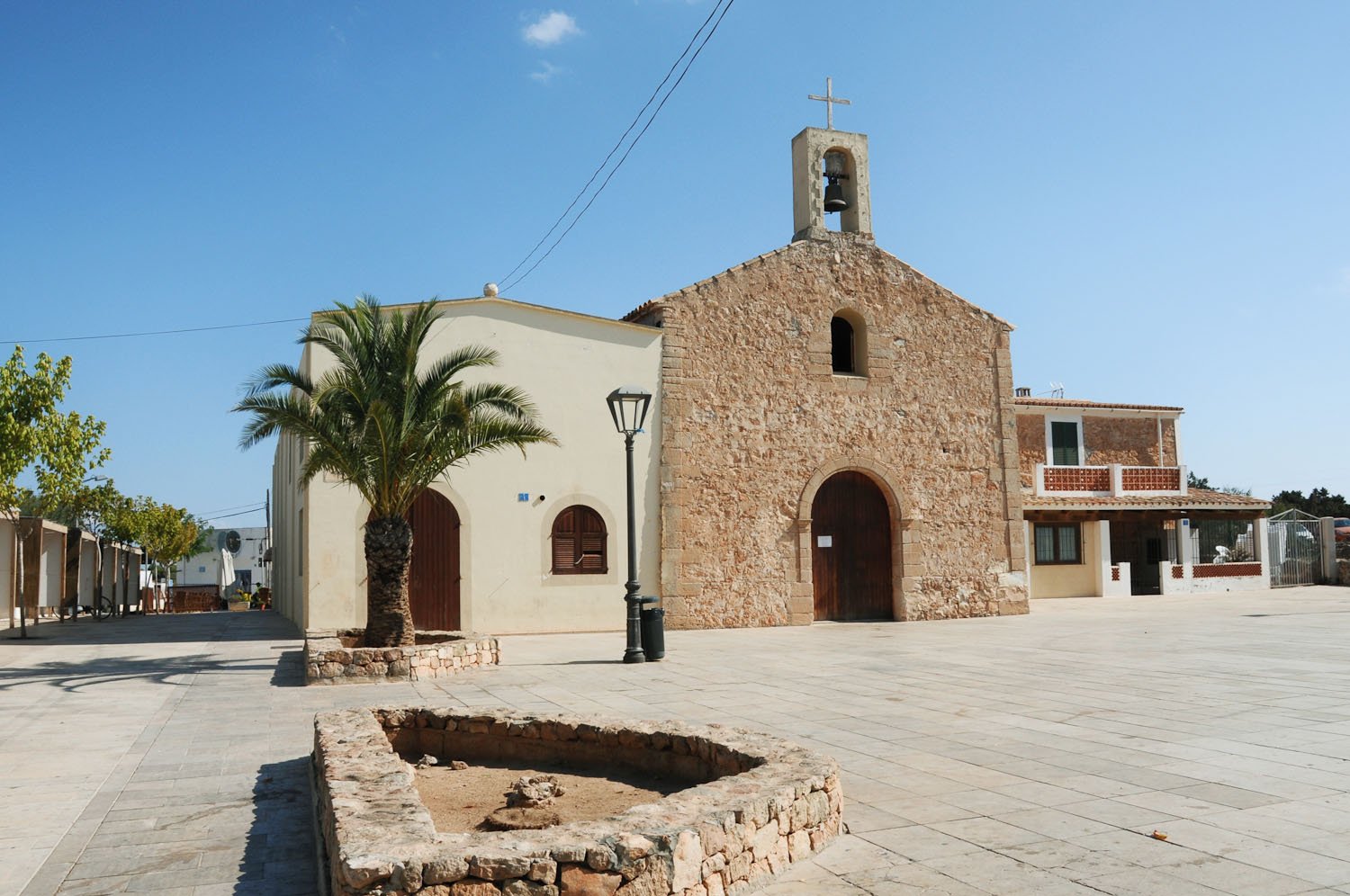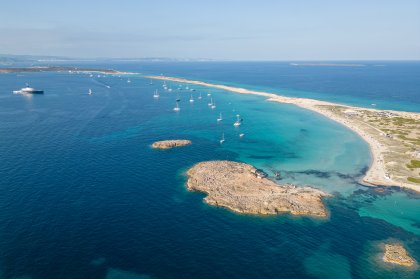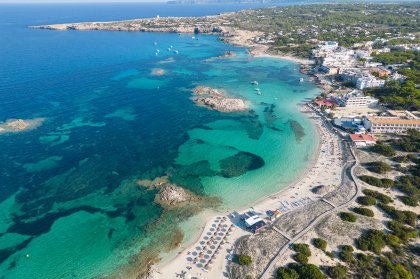Megalithic graves provide the first evidence of colonisation on the island, the most famous one is at Ca Na Costa on the outskirts of the popular resort of Es Pujols and it dates as far back as 2000 BCE. Interestingly it is the most spectacular megalithic burial tomb on all Balearic Islands, with a large stone dolmen whose pieces are arranged in amazing geometry.
In the year 654 BCE the Carthaginian Phoenicians founded a colony on Ibiza, wich would become one of the most important ones in the western Mediterranean. Surprisingly there is no evidence of Phoenician settlement on Formentera. The Greeks, who followed, gave the islands of Ibiza and Formentera their collective name - the ‘Pitiuses' ('pine tree islands').
Circa 200 BCE the Romans arrived and built a fortress near to Es Caló; the foundation walls can still be seen today. During Roman times there lived a quite large population on Formentera, numerous findings are the evidence. They used the island mainly for growing wheat and named it Frumentaria (the wheat island in Latin)- from which the today's name Formentera derives.
Following the collapse of the Roman Empire in the 5th century first Vandals, then Byzantines conquered the island. 711 CE the Moors arrived on Ibiza and Formentera, but it took the Arabs until the beginning of the 10th century to confirm their dominion.
With them the Moors brought their at those times very advanced knowledge of agriculture and irrigation. The way the landscape looks today in Formentera is generally due to the Moorish influence; an example of which are the many stone walls and the irrigation systems used by farmers until today.
1235 the Catalan King Jaume I. conquered the island and incorporated it into the Crown of Aragon. 1256 Jaume II exclaimed the Kingdom of Mallorca, but after less then 100 years it fall back to the Kingdom of Aragon. 1469 the marriage of Isabella I of Castile and Ferdinand II of Aragon laid the foundation for the unification of Spain.
On the 12th of October 1492 Christopher Columbus discovered America. Due to this discovery and the trade with the new colonies the trade in the Mediterranean became less important and the crown lost its interest in the Balearic Islands. Formentera fell into oblivion for many years and due to a number of bad harvests the island was more or less abandoned to pirates.
However in the late 17th century people once again began to settle on Formentera. Until the second half of the 19th century the population of the island survived on agriculture, fishing and, of course, salt. Due to the hardship experienced and the limited ability to feed themselves many of the growing population emigrated, mostly to Central and South America.
During the Spanish Civil War (1936 - 1939) Formentera suffered from heavy fights against the nationalistic troops of Franco, which in the end won with the help of reinforcement from Mussolini. 18 left-wing Formentencs were shot end at least five died in Nazi concentration camps. From 1939 till 1942 on Formentera there was a concentration camp for political dissidents from mainland Spain awaiting execution.
After the war the island returned to its tough, day to day existence before tourism started to bring its rewards.
So, as you can see, a long and very chequered history indeed for such a small island which today dedicates itself to holidaymakers seeking peace, beauty and tranquility...as well as being a well-known haven for artists, musicians and writers alike.
Read here more about the history of Ibiza and Formentera.







